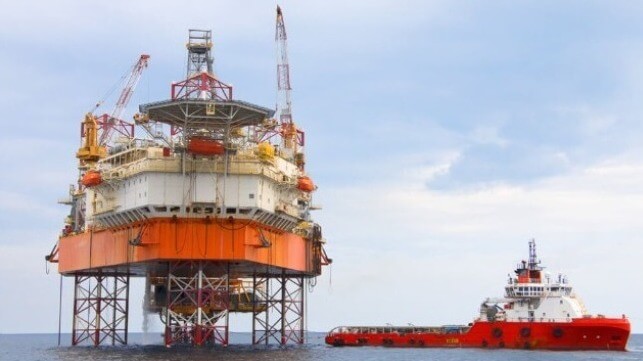Autonomous Solutions Can Reduce Emissions in Offshore Energy Sector

One of the main goals for the offshore energy sector is the need to reduce maritime emissions. Autonomous positioning is now seen as a key contributor to achieving this goal as it improves operating costs through fuel savings by enabling faster and more efficient positioning with optimum speed profiles. Clearly, a reduction in fuel consumption correlates with reduced CO2 emissions.
Autonomous positioning involves controlling the vessel’s propulsion systems autonomously, with decisions made by algorithms that accurately and safely take care of direction and velocity functions that are typically handled by humans when positioning vessels alongside external structures at sea, both static and moving.
Given that the International Maritime Organisation has set targets to reduce emissions by 50% by 2050, the use of autonomous positioning systems will likely become essential for future offshore support vessels.
The pursuit of autonomous vessel technologies is already leading to intelligent systems that can enhance the safety, cost-efficiency, and environmental performance of vessels. In practice, this also results in reducing collisions or incidents which is especially important for the offshore energy sector.
Most maritime accidents involve human error – according to Allianz Global Corporate & Speciality (AGCS), human error is the primary factor in 75% of the value of all claims analyzed, equating to billions of dollars in losses. Human error occurs for many reasons including poor visibility, inclement weather, fatigue from long hours and insufficient rest, and the dangerous nature of working onboard vessels.

(Shutterstock)
Australian company, MAID (Marine Autonomous Intelligent Docking), has developed and patented intellectual property ("MAID IP") on systems and methods that enable fully autonomous positioning of offshore support vessels ("MAID Technology").
The MAID Technology enables fully autonomous positioning alongside offshore structures through the use of sensors and closed-loop control of the propulsion systems. With no reliance on GPS, the MAID technology provides another level of safety as it is not prone to the threat of spoofing, jamming, and loss of satellite signals that results in positioning loss for GPS navigation systems.

that matters most
Get the latest maritime news delivered to your inbox daily.
The significant innovation of the MAID Technology is its use of a single unique method to overcome all external variables that affect the vessel's motion such as wind and water currents, without the need to measure these variables. This minimizes the number of components required and subsequent installed system cost, while maximizing reliability, precision, and safety. The MAID Technology provides autonomous solutions that enable highly accurate positioning, saving fuel through optimized speed profiles, and reduction of associated emissions.
This post is sponsored by MAID Systems. For more information about the MAID Technology, please visit https://maidsystems.com/
The opinions expressed herein are the author's and not necessarily those of The Maritime Executive.
